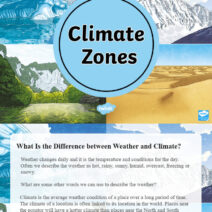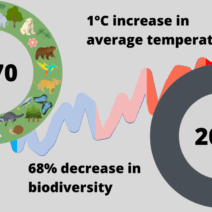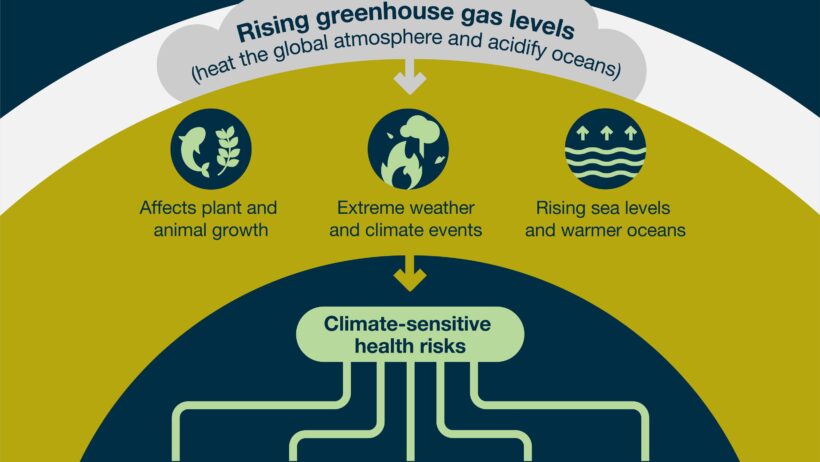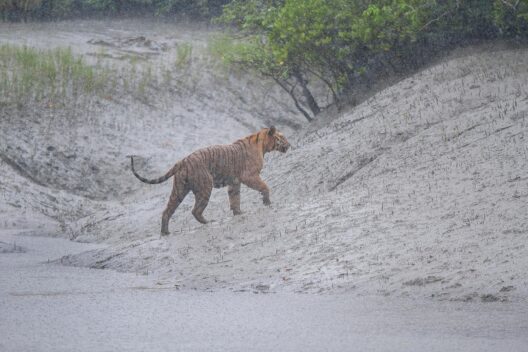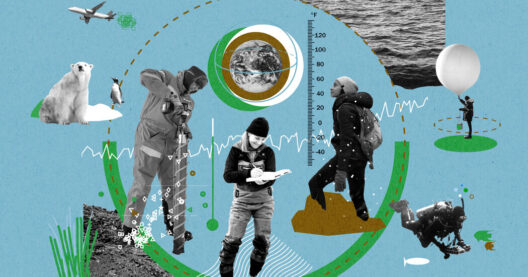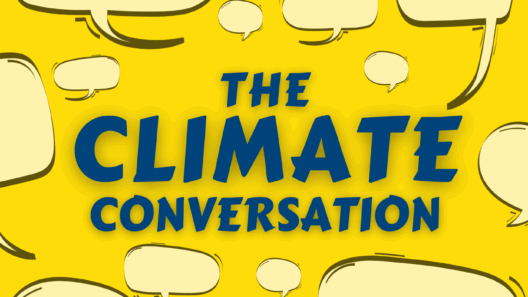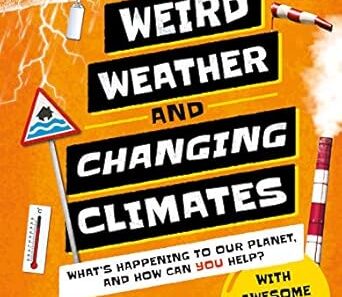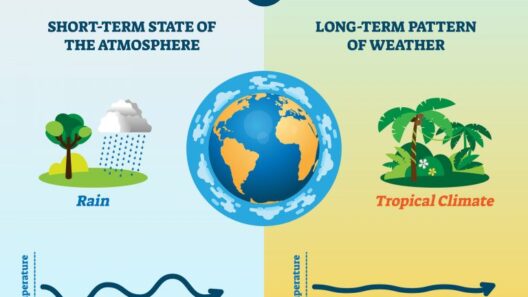What does climate change actually do? This question, deceptively simple, opens the floodgates to a myriad of responses, each intertwining with our daily lives. As you sip your morning coffee, can you envision that the very air you breathe—and the climate conditions that allow for the coffee’s growth—are inextricably linked to a larger, evolving crisis? The effects of climate change are not just distant, abstract consequences that will manifest in some far-off future. No, they are here, weaving through the fabric of our quotidian existence. But what specifically are these effects? Let us embark on a journey through the tangible ramifications we face every day.
The first and perhaps most palpable effect of climate change is the alteration of weather patterns. These transformations are viscerally felt, whether in the form of a lingering heat wave or an unexpected deluge. Have you ever sat in a cold room during the summer, wondering why the temperature feels unusually unrelenting? Altered precipitation patterns lead to droughts in some areas while simultaneously causing flooding in others. Such weather volatility can disrupt agriculture, leading to food shortages and increased costs—effects that ripple throughout local and global economies.
Consider your daily commute. Are those traffic delays a mere inconvenience or a symptom of climate-induced changes? Increased rainfall and flooding can submerge streets, causing delays that pile up like rush hour traffic. Moreover, extreme weather events, such as hurricanes or blizzards, are occurring with greater frequency and intensity. Did you know that these atmospheric anomalies not only exacerbate travel woes but can lead to catastrophic infrastructure failures? Roads buckle under heat, while bridges and tunnels can weaken under sustained assault from torrential rains. We may find ourselves mired in hushed conversations of how aspects of our lives have become increasingly precarious and less predictable due to changing climates.
Although the tangible impacts of climate change are clear, let’s delve deeper into the less obvious ramifications—those that infiltrate our health and well-being. Air quality, for example, has undergone a subtle yet significant decline thanks to rising temperatures and increased incidence of wildfires. Can you detect the fragrant aroma of a forest fire wafting through the air during what should be the crisp, clean days of autumn? Wildfires have become more common as summers grow hotter and drier, filling the air with irritating particulate matter. This has been directly linked to respiratory issues, aggravating conditions such as asthma and chronic obstructive pulmonary disease (COPD). Day by day, seemingly minor air quality changes can begin to erode our quality of life.
Next, we must confront the omnipresent issue of water scarcity, exacerbated by climate change. A staggering number of people—over two billion worldwide—currently face water shortages, which are expected to worsen in the face of rising temperatures. Picture yourself at the grocery store, contemplating whether to buy that delectable, exotic fruit that has become increasingly unaffordable. Fluctuating climate conditions disrupt the growing seasons of crops, altering the availability of food and leading to inflated prices. The question begs to be asked: how should we navigate a future in which basics like water and food become commodities afforded only to a select few?
Food security isn’t the only health-related aspect affected by climate change. The proliferation of vector-borne diseases, such as malaria and dengue fever, offers a grim portrait of our shifting interaction with nature. Rising temperatures can expand the habitat and breeding grounds for pests like mosquitoes, which thrive in warmer climates. As these pests migrate into previously unaffected areas, society must grapple with an ever-expanding array of health challenges.
Additionally, mental health repercussions loom in the shadow of climate change. Many individuals experience climate anxiety or eco-anxiety—a term used to describe the emotional distress stemming from environmental degradation. Living in a world where climate catastrophes seem to loom around every corner can breed feelings of helplessness. Children especially may face overwhelm when grappling with the reality of their future. Consider: would you allow your child to walk in a storm without an umbrella? In a world affected by climate change, the peril becomes not only physical but psychological.
Economically, the financial costs associated with climate change—ranging from healthcare expenditures due to worsening health conditions to infrastructural repairs in the wake of climate disasters—guarantee that this issue is not confined to environmentalists alone. The burden inevitably spills over into every sector of society. Can you afford the increased insurance premiums imposed due to weather-related damage? With the financial specter of climate change looming large, communities increasingly find themselves entangled in unforeseen economic dilemmas. Each choice regarding that dinner out or home renovation may arise from considerations that extend beyond personal tastes and preferences.
The challenge here is clear. Climate change is not merely a distant phenomenon. It is a pressing reality that is reshaping our everyday lives in insidious ways. More than just a series of scientific data, it is a lived experience for billions. So, in facing this multifaceted and pervasive challenge, one wonders—how do we innovate, adapt, and mobilize as a collective force? Each of us has a role to play in addressing these real-world effects of climate change. By acknowledging the nuanced interplay of these daily experiences, we can begin to forge a path toward solutions that are both compassionate and sustainable. The time to act is now, lest we find ourselves gauging the effects of climate change only in retrospect.

